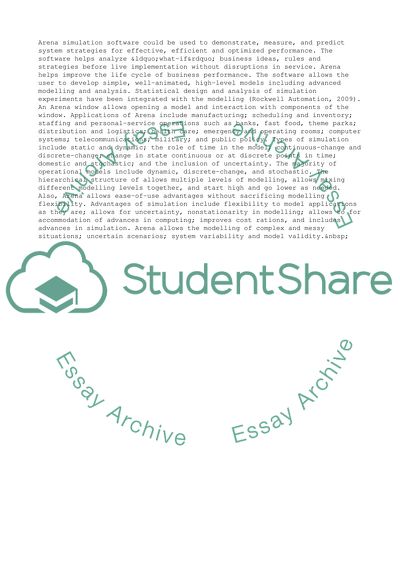Cite this document
(Arena Simulation Software Case Study Example | Topics and Well Written Essays - 3000 words, n.d.)
Arena Simulation Software Case Study Example | Topics and Well Written Essays - 3000 words. Retrieved from https://studentshare.org/business/1729059-second-ass-matreial
Arena Simulation Software Case Study Example | Topics and Well Written Essays - 3000 words. Retrieved from https://studentshare.org/business/1729059-second-ass-matreial
(Arena Simulation Software Case Study Example | Topics and Well Written Essays - 3000 Words)
Arena Simulation Software Case Study Example | Topics and Well Written Essays - 3000 Words. https://studentshare.org/business/1729059-second-ass-matreial.
Arena Simulation Software Case Study Example | Topics and Well Written Essays - 3000 Words. https://studentshare.org/business/1729059-second-ass-matreial.
“Arena Simulation Software Case Study Example | Topics and Well Written Essays - 3000 Words”, n.d. https://studentshare.org/business/1729059-second-ass-matreial.


